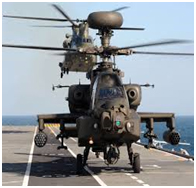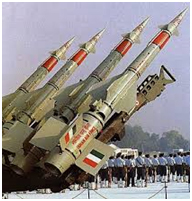


Our Services : Industry Domain 1 : Defence
In the last decade, India initiated a modernisation and acquisition programme for its defence forces. To utilise the huge acquisition budget and to build a domestic industrial base, the governmentmade radical policy changes, allowing private and domesticinvestment in the defence sector and moving from depending upona single country for the supply of equipment to global bidding. Theoffset policy was launched in 2005 to encourage investments in thenascent domestic industry. Based on the learning and feedback fromdomestic and foreign participants, the Defence Procurement Policy(DPP) and offset policies have been revised several times. Thesechanges reflect the government’s commitment to put in place atransparent and proactive policy regime.Over the last 10 years, a number of big-ticket acquisitions havetaken place and offset proposals exceeding 4 billion USD havebeen approved. To assess the growth and development that havetaken place in the past four years (since our first such study), PwCconducted a review of the sector. To deal with limited companydata available in the public domain, we relied on interviews andour insights derived from advising a large number of clients andanecdotal evidence.Defence and aerospace companies face a new intensity as a resultof the economic slowdown and consequent defence spending cuts,particularly in the US and Europe where governments have startedcutting, re-profiling and reducing programmes and platforms.Though the US is still the largest military spender, the Asia-Pacificregion with China, Japan and India, leads the race in arms purchase,with a major chunk of these budgets going into the military aviationsector.
The Indian Air Force (IAF) has inducted a wide range of newplatforms and equipment with many more purchases in the pipeline.Hindustan Aeronautics Limited (HAL) has dominated the sectorand along with other defence public sector undertakings (DPSUs),it has supported the private sector in enhancing their capabilitiesthrough outsourcing and vendor development. The industry is stillat a nascent stage of evolution. However, the good news is that theresults of the liberalisation and proactive policies in the last decade,for example through the ‘make’ programme and the defence offsetpolicy, are beginning to bear fruit as several large domestic privatesector groups such as Tata and L&T and a large number of smallercompanies have entered this sector. The defence offset policy isexpected to catalyse this process. Most of the leading global OEMsfrom the US and Europe have also established their presence inIndia including through joint ventures with Indian companies.



Winston Churchill, a leader of outstanding qualities, once said,
"A pessimist sees the difficulty in every opportunity, An optimist sees the opportunity in every difficulty."